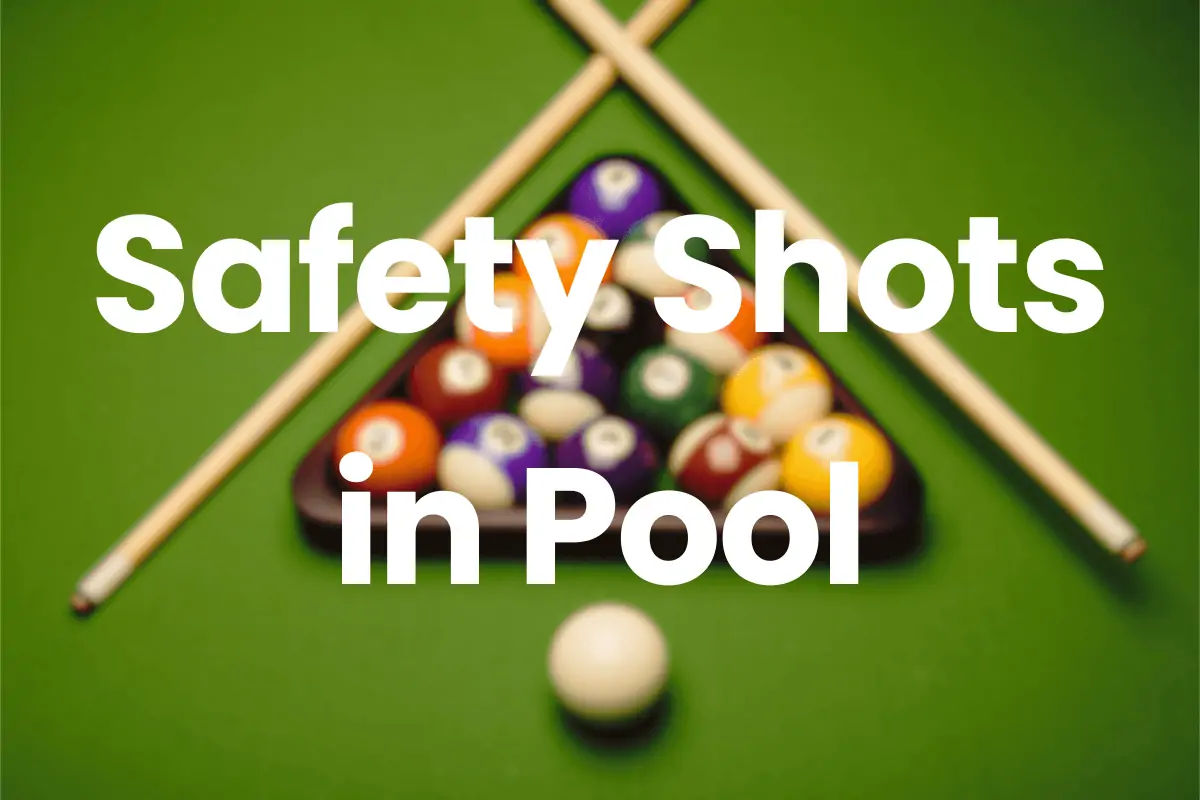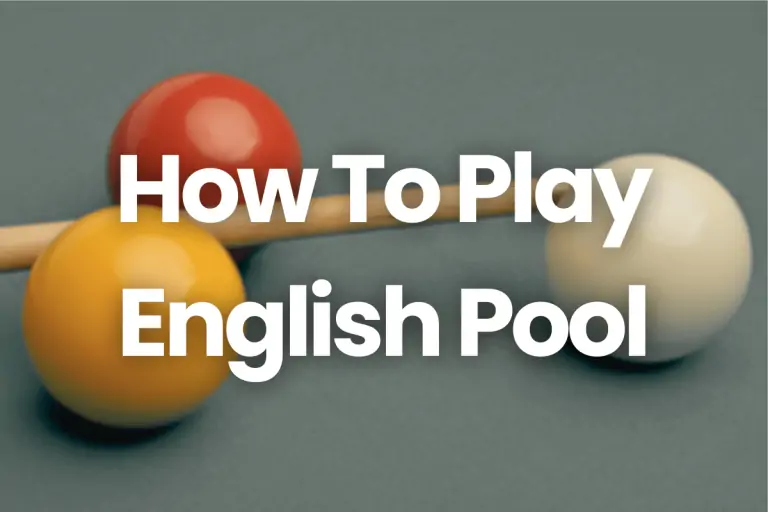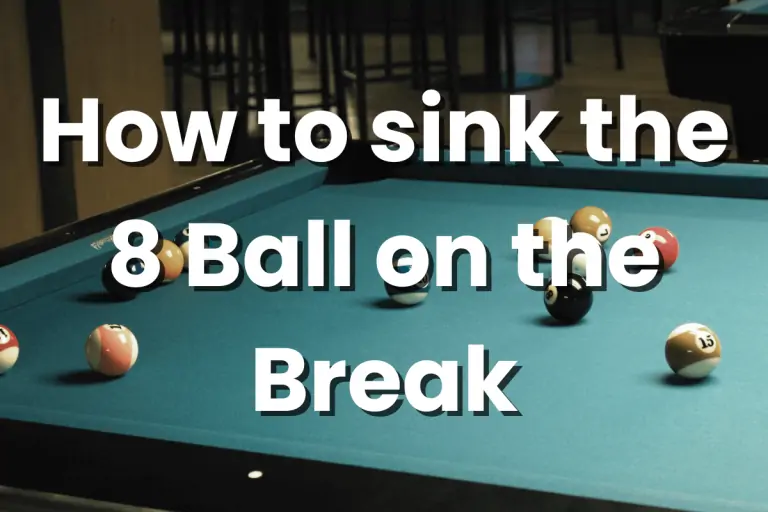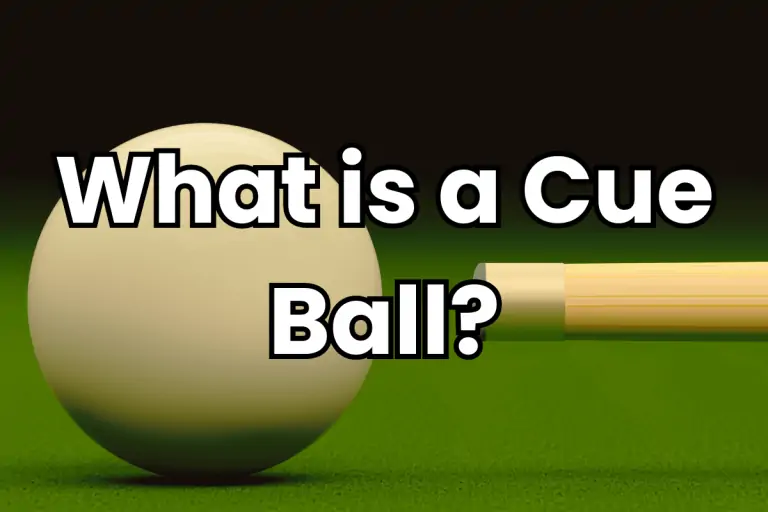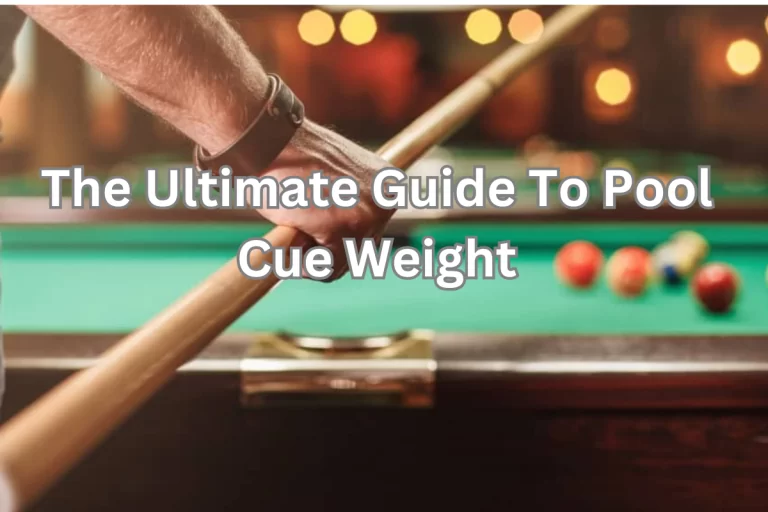Learn the Art of Safety Shots in Pool: Essential Tips for Strategic Play
Safety shots in pool, often the game-changers, are strategic maneuvers designed to place your opponent in a challenging position while enhancing your control over the table. Integral to both offensive and defensive play, these shots can dramatically shift the momentum of a game. This article delves into the world of safety shots, offering in-depth insights and practical tips. We aim to equip you with the knowledge and techniques to execute safety shots effectively, turning them into a pivotal part of your pool-playing arsenal.
Understanding Safety Shots
In pool, safety shots are crucial techniques that can significantly influence the outcome of a game. Understanding their purpose and application is essential for any player looking to enhance their skill set.
Definition of a Safety Shot
A safety shot in pool is a deliberate play where the aim is not to pocket a ball but to position the balls, especially the cue ball, in such a way that the opponent is left with a difficult or no shot. This move is about thinking several steps ahead, focusing on defense and positioning rather than direct scoring.
Purpose of a Safety Shot
Defensive Strategy: Often used to prevent the opponent from having an easy or direct shot, especially when you don’t have a viable pocketing option.
Gaining Tactical Advantage: By strategically placing the cue ball, a player can take control of the table, forcing the opponent into a challenging position or even a mistake.
Controlling Game Pace: Safety shots can slow down the game, disrupting an opponent’s rhythm or gaining time to reassess your strategy.
Strategic Significance in Different Scenarios
Breaking a Run: When an opponent is on a scoring streak, a well-placed safety can interrupt their flow and turn the tide in your favor.
Setting Up Future Shots: Sometimes, a safety shot is played not just for immediate benefit but to set up a more advantageous position for future turns.
Endgame Strategies: In tight situations, especially towards the end of a game, safety shots can be crucial in clinching victory or avoiding defeat.
Common Situations for Safety Shots
No Clear Pockets: When there are no direct shots available, safety can be the best option.
Risk of Foul: In situations where attempting a difficult shot could lead to fouls, a safety shot is a smarter choice.
Psychological Play: Employed as a tactical move to test an opponent’s skill under pressure or to break their confidence.
Fundamentals of Safety Shot Techniques
Mastering safety shots in pool is about much more than just hitting the cue ball; it’s about strategic planning, precise execution, and deep understanding of the game’s dynamics. Here are the fundamental principles behind effective safety shots.
Key Principles Behind Effective Safety Shots
Control Over Pace and Angle: The ability to control the speed and angle of the cue ball is crucial. Effective safety shots often require gentle touches or nuanced angles to position the cue ball precisely.
Predicting Ball Paths: Understanding how the cue ball and object balls will react upon contact is key. This involves physics principles like angles of reflection and the transfer of momentum.
Minimizing Opponent’s Options: An effective safety shot limits the opponent’s chances for an easy return. This could mean snookering them (blocking their direct path to any object ball) or leaving the balls in a challenging position.
Cue Ball Control and Spin
Spin Techniques: Applying different spins (topspin, backspin, sidespin) can drastically alter the cue ball’s path post-contact. Mastering spin allows you to manipulate the cue ball’s position after it hits an object ball.
Speed Control: The force with which you strike the cue ball affects its post-impact behavior. Subtle variations in speed can be the difference between a good and a bad safety shot.
Positional Awareness: Reading the Table and Planning Shots
Reading the Table: This involves assessing the current layout of the balls, identifying potential trouble spots, and predicting how the table will change after your shot.
Planning Multiple Steps Ahead: Good safety play isn’t just about the immediate shot; it’s about thinking several moves ahead. This foresight can set you up for future shots while complicating the game for your opponent.
Adapting to Changing Situations: Being flexible and able to adjust your strategy as the game unfolds is a crucial part of playing effective safety shots. Each shot should be considered in the context of the evolving game.
Executing Basic Safety Shots
For beginners and those looking to solidify their fundamental skills in pool, learning to execute basic safety shots is essential. These shots form the foundation of strategic play. Here’s a step-by-step guide on how to perform them, along with some examples and practice drills.
Step-by-Step Guide to Basic Safety Shots
Cue Ball Placement: Start by focusing on where you want the cue ball to end up. This position should ideally leave your opponent with no direct shots or difficult angles.
Gentle Touch: Most safety shots require a softer touch than offensive shots. Practice controlling the strength of your stroke to achieve precise cue ball placement.
Aiming and Execution:
- Aim at the desired point on the object ball.
- Use a smooth, controlled stroke.
- Follow through with your cue in the direction you intend the cue ball to travel.
Examples of Simple Safety Shots for Beginners
The Block: Hit an object ball gently so that it ends up between the cue ball and the target balls, blocking your opponent’s direct path.
The Distance Play: Position the cue ball at one end of the table and the object ball at the other. The greater the distance, the harder the shot for your opponent.
The Snooker: Gently tap the cue ball behind a group of balls, so it’s hidden from the target balls, making it difficult for your opponent to make a legal shot.
Practice Drills to Improve Basic Safety Shot Skills
The Line-Up Drill:
- Set up a row of balls along the center of the table.
- Practice hitting the cue ball to stop behind these balls from various angles and distances.
The End-to-End Drill:
- Place the cue ball at one end of the table and an object ball at the other.
- Practice hitting the object ball and controlling the cue ball to stay near the opposite end.
The Precision Drill:
- Place an object ball near a pocket but not in a direct line.
- Try to hit the cue ball in a way that it lands in a position where the object ball cannot be directly pocketed.
Advanced Safety Shot Techniques
For players who have mastered the basics and are ready to elevate their game, advanced safety shot techniques in pool offer a new level of strategic depth. These techniques involve more sophisticated control of spin and speed, as well as the ability to craft shots that deceive and outmaneuver opponents.
Techniques for More Advanced Players
The Double Kiss Safety: This involves gently hitting the cue ball so that it kisses an object ball and then comes back to hit it again, leaving both balls in difficult positions for the opponent.
The Containment Safety: Use this when you can’t snooker your opponent. The goal is to limit their options by leaving the cue ball in a part of the table that offers no advantageous shots.
The Hook Safety: Aim to place the cue ball behind an object ball, creating a ‘hook’ or ‘snooker’ where your opponent cannot directly hit their desired ball.
Using Spin and Speed to Your Advantage
Applying Side Spin: This can drastically change the direction of the cue ball after it contacts a cushion, allowing you to place it in unexpected positions.
Speed Control: Mastering the art of how hard to strike the cue ball is crucial. The right speed can ensure that both the cue ball and the object ball end up in safe positions.
Crafting Deceptive Shots
Misdirection Shots: These shots are designed to look like you’re aiming for one thing but result in something else, often leaving your opponent puzzled and in a tough spot.
The ‘Hidden’ Safety: Execute a shot that looks aggressive but is actually a safety play. For example, striking an object ball hard and fast but positioning the cue ball behind a cluster of balls.
Forced Error Shots: Set up shots that tempt your opponent into going for a difficult pot or a risky maneuver, increasing their chances of making a mistake.
Common Mistakes to Avoid in Safety Play
Even experienced pool players can fall prey to common errors in safety play. Identifying and avoiding these mistakes is crucial for maintaining a strategic edge. Additionally, knowing how to recover from a poorly executed safety shot is equally important.
Identifying and Avoiding Frequent Errors
Over-Hitting the Cue Ball: One of the most common mistakes is applying too much force to the cue ball. This often leads to losing control and potentially setting up your opponent for an easy shot.
Poor Ball Positioning: Misjudging the angles and ending up placing the cue ball or the object ball in a favorable position for the opponent is a frequent error. It’s vital to think a few shots ahead and consider all possible outcomes.
Neglecting the Opponent’s Strengths: Failing to play to your opponent’s weaknesses can be a crucial oversight. Tailoring your safety play to challenge your opponent’s specific skills can give you an upper hand.
Ignoring Table Conditions: Not considering factors like table speed, cushion bounce, and spin reactions can lead to unexpected results and a failed safety shot.
Conclusion
Effectively playing safety shots in pool is about understanding and implementing a range of techniques, from fundamental cue ball positioning to more complex strategies involving spin and deception. Regular practice and incorporating these skills into your gameplay are crucial for development. Safety shots, far more than mere defensive maneuvers, are strategic elements that can greatly elevate your pool skills. Embrace the nuances of safety play, and you’ll find yourself adeptly navigating games, outwitting opponents, and enriching your overall experience of the sport.
FAQs
When should you play a safety shot in pool?
Safety shots are typically played when potting a ball is too risky, when no direct shots are available, or when you want to strategically control the game by making it difficult for your opponent.
How do you practice safety shots in pool?
Practice safety shots by setting up specific scenarios on the table and trying different techniques to hide the cue ball or block easy shots for your opponent. Consistent practice with various drills focusing on cue ball control and positioning is key.
Can beginners effectively use safety shots in their games?
Yes, even beginners can effectively use safety shots. Starting with basic techniques like blocking and distance play, and gradually moving to more advanced strategies is a great way to incorporate safety play into their games.
What are the common mistakes to avoid while playing safety shots?
Common mistakes include over-hitting the cue ball, poor positioning, neglecting the opponent’s strengths, and not considering table conditions. Learning to avoid these errors is crucial for effective safety play.

